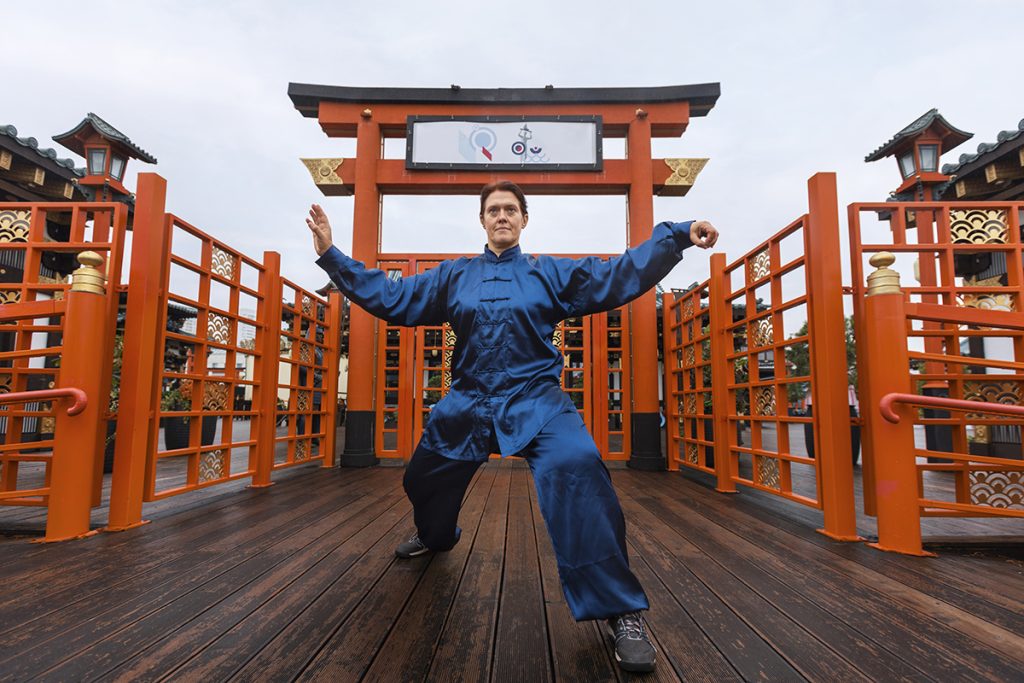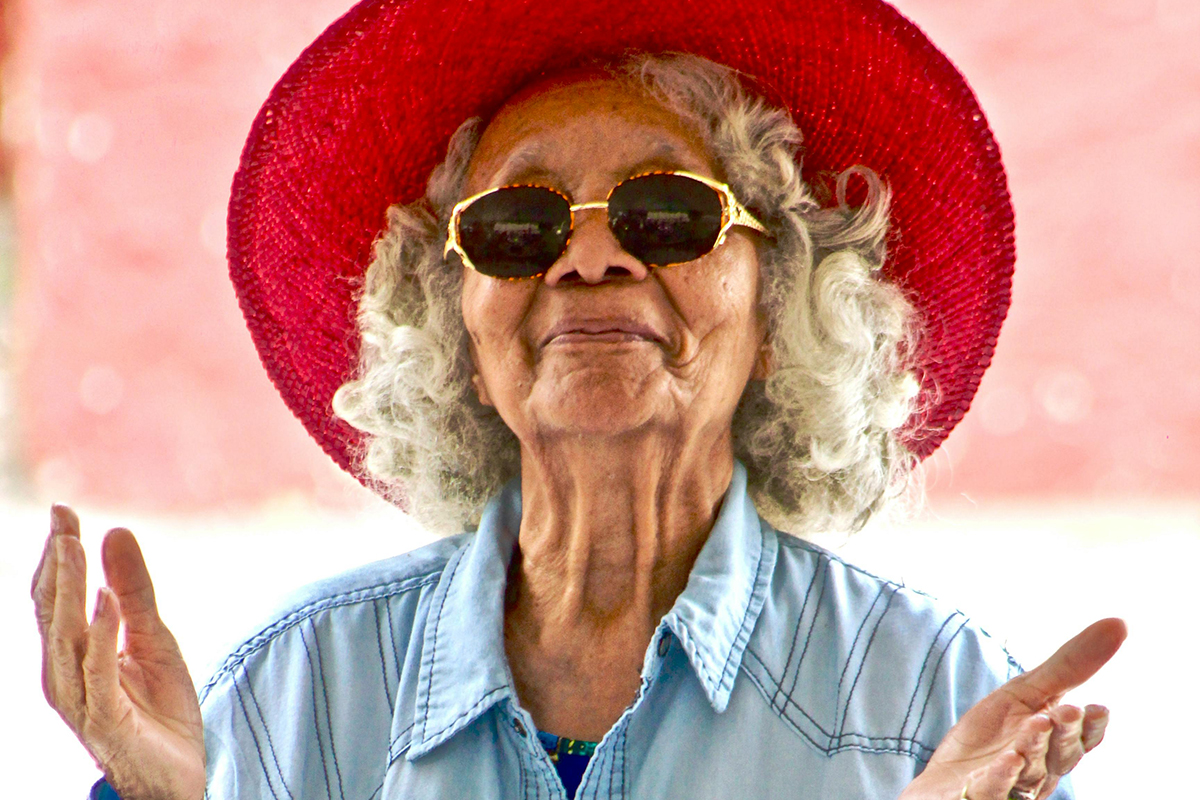Tai Chi is perfect for lowering your blood pressure

Tai chi, a traditional Chinese martial art characterized by slow movements, is recognized for enhancing flexibility and enhancing balance. Recent research indicates that it may be more effective than more intense aerobic exercises in reducing blood pressure among individuals with prehypertension.
Prehypertension refers to blood pressure levels that exceed normal but fall below the threshold for high blood pressure or hypertension. This condition serves as a warning sign for potential heart disease and elevates the risk of experiencing a heart attack.
Tai chi is like meditation in motion
The recent findings, documented in the JAMA Network Open journal, contribute to a substantial body of research emphasizing the health advantages of tai chi—a wellness practice that integrates deliberate, slow movements and postures with mindfulness, often referred to as “meditation in motion.”
In this study, 342 adults with prehypertension were randomly assigned to one of two interventions. The participants, with an average age of 49, were divided into two groups. Approximately half engaged in supervised aerobic exercise, which included activities such as jogging, stair climbing, brisk walking, and cycling. The remaining participants were trained in the practice of tai chi. Both groups underwent hour-long sessions four times per week.

After 12 months, those in the tai chi group experienced more significant reductions in blood pressure compared to those in the aerobic exercise group. Additionally, almost 22% of individuals practicing tai chi achieved blood pressure levels within the normal range, surpassing the nearly 16% in the aerobic exercise group. Furthermore, a lower percentage of individuals in the tai chi group progressed to develop hypertension compared to the aerobic exercise group.
Prior research has already indicated that tai chi is more effective than brisk walking in reducing blood pressure, fasting blood sugar levels, and perceived stress in individuals with hypertension.
Tai chi kind of helps to just relax everything
So, what is it about tai chi that contributes to the reduction of blood pressure? The practice tends to stimulate a stronger response from the parasympathetic nervous system, which is the network of nerves responsible for relaxing the body after periods of stress or danger.
Tai chi essentially aids in promoting an overall sense of relaxation, and it’s this response that plays a role in lowering blood pressure. Perhaps it’s the meditative aspect of the practice. A substantial body of evidence now supports the positive impact of tai chi on blood pressure. This exercise form is attractive due to its low-impact nature and minimal space or equipment requirements.
The appeal of tai chi lies in its accessibility; you don’t need a special gym membership or specific clothing. Once you’ve learned tai chi, it can be practiced anytime, anywhere, providing a calming and relaxing effect.
Research has indicated that engaging in tai chi can decrease the likelihood of falls, enhance balance, and increase walking speed among older adults. Additionally, it has been shown to alleviate symptoms of depression and anxiety.
Furthermore, there is evidence to suggest that regular practice of tai chi can serve as a protective factor against cognitive decline and may even enhance memory. However, it’s crucial to maintain consistent practice to maximize these benefits.
Tai Chi is perfect for lowering your blood pressure conclusion
Achieving the full benefits of tai chi requires a consistent and sufficient ‘dose’ of practice. Simply engaging in a one-hour session on a single occasion may not yield the desired results. It emphasizes the importance of regular and ongoing participation in tai chi to harness its positive effects on various aspects of physical and mental well-being.




















